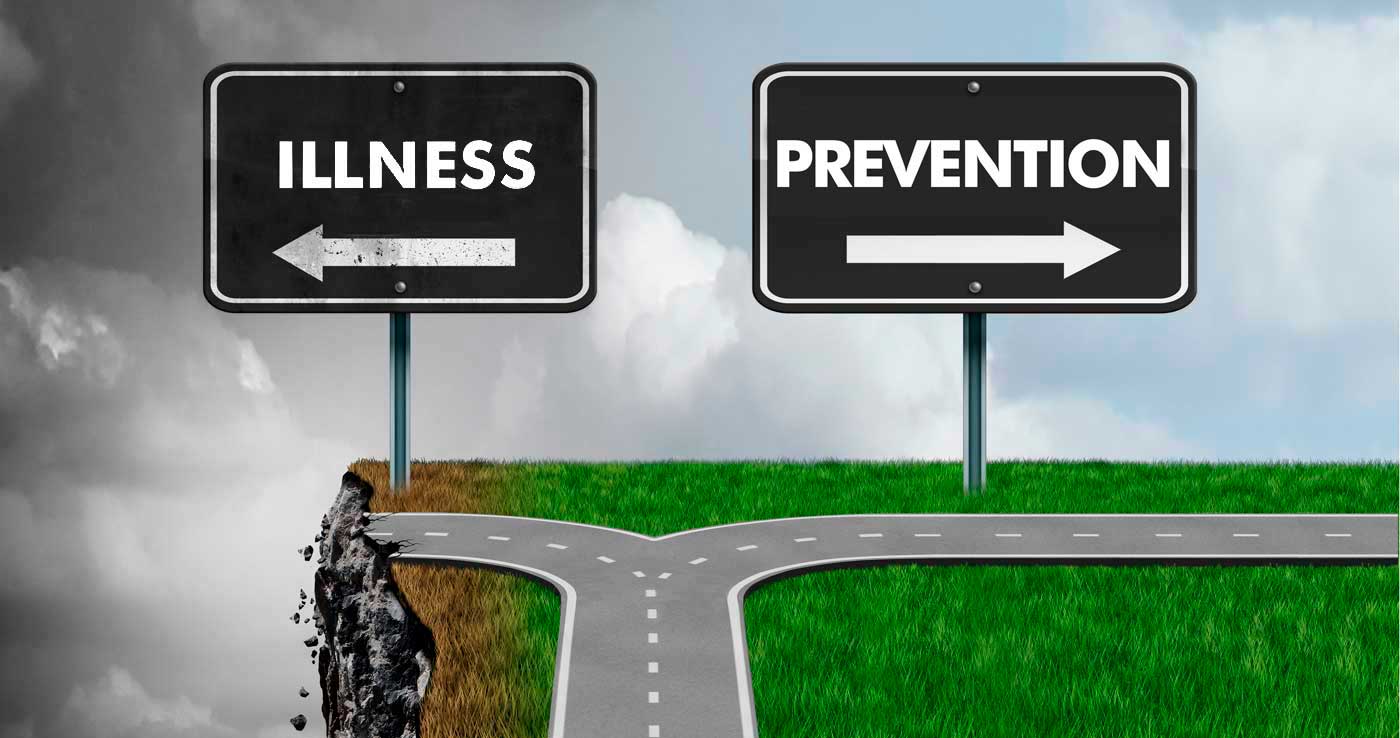Skin and Muscle Health
The skin forms the outer boundary layer between the human being and the environment, and in this highly exposed place acts on the one hand as a barrier, and on the other as a link between the outside world and the internal organs. With an area of approximately 2 meters, it is the largest organ in the body and must fulfill a large number of vital tasks.
When the surface is intact, the skin prevents the loss of body fluids. It has a great capacity for resistance and preserves the internal organs from attacks that may be caused by external factors. It protects against the invasion of microorganisms and can resist to a certain extent the damaging influences of certain chemicals and UV rays.
The skin has its own cycle of renewal. Skin cells regenerate continually in the deepest layer of the skin and travel to the surface, replacing old cells. However, with age, the rate of cell renewal decreases, causing changes in skin conditions.
Muscle cells are highly specialized and are called muscle fiber. The cytoplasm is designated as sarcoplasm and the cell membrane as sarcolemma. The cytoplasm is full of myofibrils made up of alternating actin and myosin filaments that, when they slide past each other, give the cell contractile capacity. Muscle cells are much longer than they are wide, they are often called muscle fibers, but they should not be confused with the intercellular substance form, that is, collagen, reticular, and elastic fibers, since the latter are not alive.
Depending on its location and different structural characteristics, muscle tissue is divided into three types: skeletal muscle tissue, cardiac muscle tissue, and smooth muscle tissue. Skeletal muscle can contract or relax voluntarily, while smooth muscle and cardiac muscle contract involuntarily or automatically.
There are many diseases that can occur in the skin and muscles, hence the importance of preventing them by providing the necessary nutrients for the cells that make up the dermal and muscular system, preventing symptoms of skin aging and muscle flaccidity from appearing at an early age that only in appearance represents for the population old age.
Proper functioning of the organs depends on the proper functioning of their cells. Older cells tend to be less efficient with age. Also, in some organs cells die and are not replaced; therefore, the number of cells decreases. The number of cells in the testes, ovaries, liver, and kidneys decreases markedly with age. When the number of cells becomes too low, the organ does not function normally. Therefore, most organs become less efficient with age. However, not all organs lose the same number of cells. The brain is an example of that. Healthy older people don’t lose a lot of neurons.
Deterioration in the function of one organ due to disease or aging can affect the function of another organ. For example, if atherosclerosis narrows the blood vessels in the kidneys, they will decrease in function because of reduced blood flow.
Often the first signs of aging are noticed in the musculoskeletal system. Then the eyes followed by the ears begin to change in early adulthood. Most of our internal functions also decrease with age. Our bodily functions reach their highest value shortly before age 30, and from then on a gradual but steady decline begins. Despite this decline, most of the functions remain correct because most organs have a functional capacity considerably higher than that required by the body (functional reserve). For example, if half of the liver is destroyed the remaining tissue is more than enough to maintain normal function. Therefore, it is diseases rather than normal aging, that explain the loss of functional capacity in advanced ages.
Some organs are more prone to malfunction than others; These organs include the heart and blood vessels, the urinary organs (such as the kidneys), and the brain.
